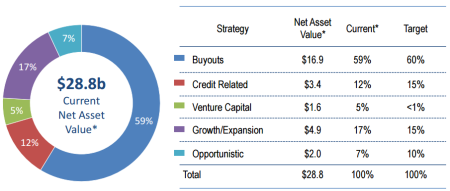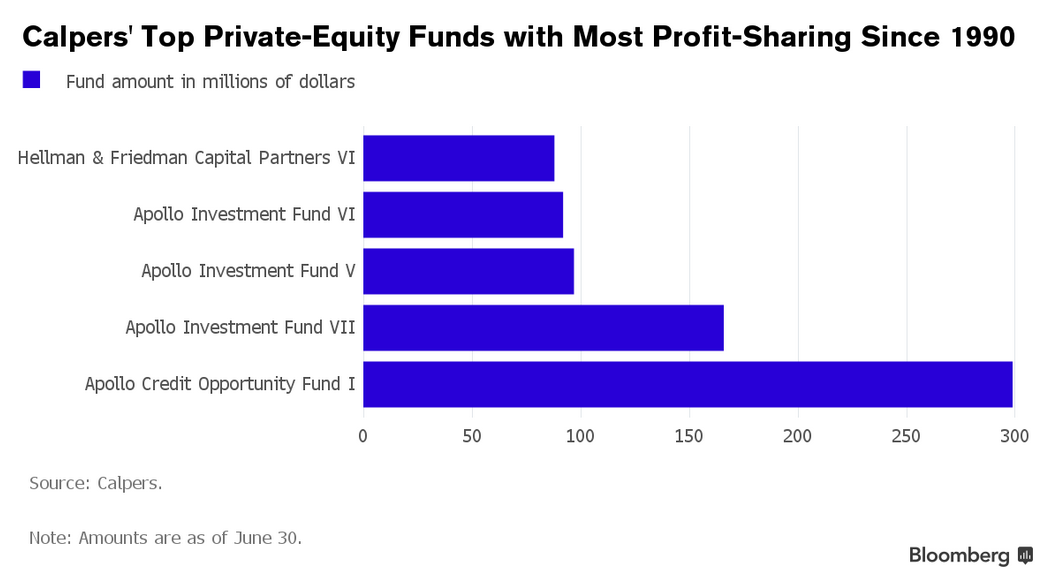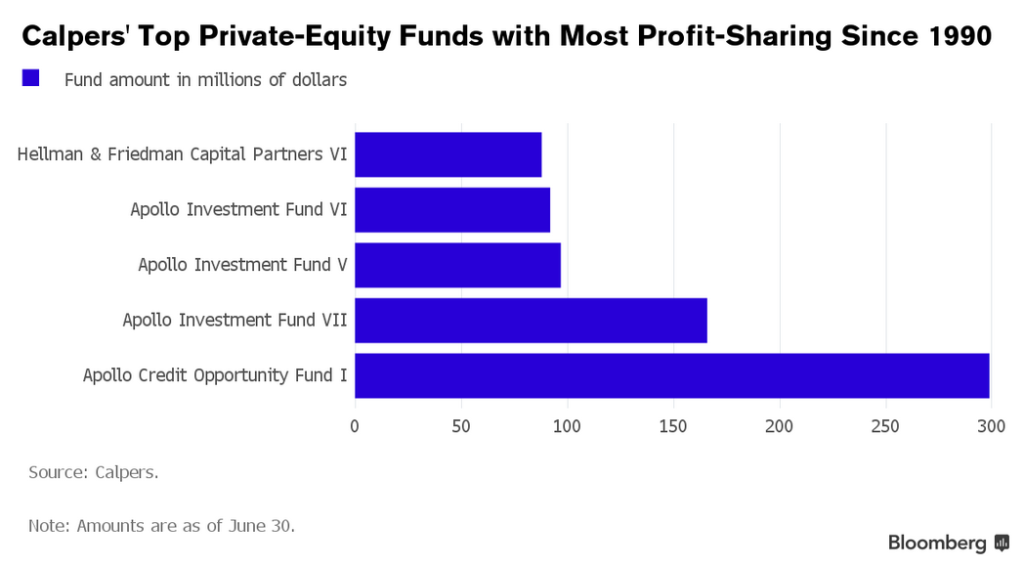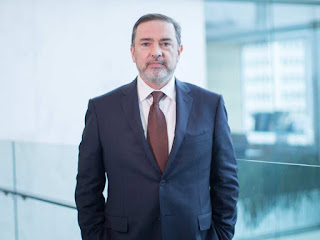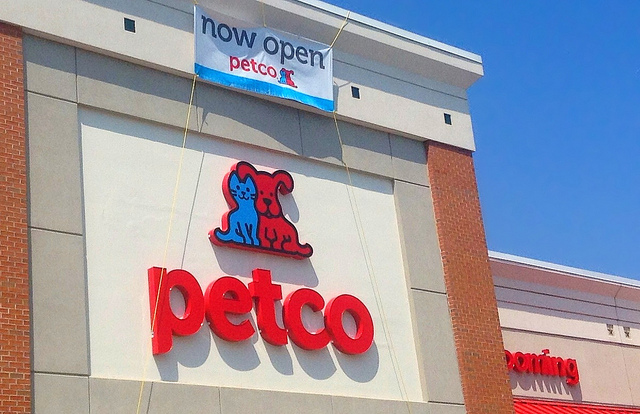
Reporter Ed Mendel covered the California Capitol in Sacramento for nearly three decades, most recently for the San Diego Union-Tribune. More stories are at Calpensions.com.
CalPERS and CalSTRS both adopted plans this month to reduce the risk of major pension investment losses, a small step back for pension systems once required to keep all of their money in stable and predictable bonds.
A voter-approved measure in 1966 allowed public pension funds to invest up to 25 percent of their assets in blue-chip stocks. In 1984 voters approved another measure allowing all of the pension funds to be invested in anything deemed prudent.
With diversified portfolios mainly in stocks and other higher-yielding investments, the two big pension funds had little loss protection during the recent deep recession and stock market crash.
The California Public Employees Retirement System lost $100 billion, a plunge from $260 billion in fall 2007 to $160 billion in March 2009. The California State Teachers Retirement System lost $68 billion, a drop from $180 billion to $112 billion.
Despite a major bull market, the pension funds have not recovered. The CalPERS fund, valued at $295 billion, has about 74 percent of the projected assets needed to pay future pensions. CalSTRS, with $188 billion, is about 69 percent funded.
Big employer rate increases are under way. Over a phase-in period the average CalPERS increase will be roughly 50 percent. The CalSTRS increase for school districts will be well over 100 percent by the end of the decade.
The rate increases presumably have both pension systems on a path to reach full funding in three decades. But critics say it’s based on an overly optimistic forecast that investments will earn an average of 7.5 percent a year, concealing massive debt.

After the painful rate increases were enacted, the two big pension systems, as if following a trend, both spent a lot of time and study developing plans adopted this month that are expected to reduce the risk of another huge investment loss.
For the maturing systems, replacing losses is increasingly difficult. Retirees will soon outnumber active CalPERS workers. In both systems, annual pension payments exceed employer-employee contributions, requiring some investment sales to cover costs.
Experts have told CalPERS that if the funding level drops low enough, probably a range of 40 to 50 percent, getting back to full funding becomes impractical, requiring huge rate increases and unlikely investment returns.
The CalPERS risk reduction plan has drawn the most public attention because it could raise employer rates. The earnings forecast would gradually be lowered after years with strong earnings, perhaps to 6.5 percent after two decades.
Last week, the CalPERS board rejected a motion by a Brown administration member, Richard Gillihan, to phase in a rate increase that would lower the earnings forecast to 6.5 percent in five years.
Gov. Brown said in a news release the CalPERS risk reduction plan is “irresponsible” and based on “unrealistic” investment earnings. “This approach will expose the fund to an unacceptable level of risk in the coming years,” he said.
The CalPERS board president, Rob Feckner, replied that the “bold leadership step” that “pays down debt” emerged from talks with consultants, staff, stakeholders and concern about putting more strain on cities “still recovering from the financial crisis.”
The 3,000 local governments in CalPERS have a wide range of pension funding levels and ability to pay. CalPERS has encouraged employers, if they are able, to contribute more than their annual rate to pay down their pension debt.
Brown could propose a state budget that gives CalPERS more than the state rate, paying down state worker debt. But it’s likely to get stiff opposition in the Legislature, where lawmakers have other priorities and powerful unions want pay raises.
A Brown appointee on the CalPERS board representing local government elected officials, Bill Slaton, noted that state and local governments share the same giant investment fund (PERF), even though they have separate pension plans.
“I think the challenge here is if we were able to have two PERFs — one for state and one for locals — then I think we would be having a different discussion,” Slaton told his fellow board members last week.

Under the risk reduction plan, the CalPERS board will consider lowering the discount rate in years when investment earnings are at least 4 percent above the earnings forecast.
Unions have been assured the action is not automatic and will require a board vote. And the plan devised by the CalPERS chief actuary, Alan Milligan, avoids a direct employer rate increase.
Only half of the excess earnings lowers the earnings forecast. For example, annual earnings of 11.5 percent are 4 percentage points above the current 7.5 percent a year earnings forecast, the minimum needed to trigger the new policy.
Half of the excess, 2 percentage points, would be used to lower the earnings forecast, in this case by 0.05 percentage points. Some investments could then be shifted to less risky but lower-yielding investments, reflecting the new and slightly lower forecast.
The other half, 2 percentage points, cancels the increase in the employer rate resulting from the lower earnings forecast. But over time, a rate increase could still result because fewer good-year earnings offset years with below-forecast earnings.
A test of the new policy could come if CalPERS has a big investment loss in the future, followed by a rebound that yields earnings well above the 4 percentage point threshold. Would the board, possibly with many new members, vote for risk reduction?
Unlike CalPERS and other pension systems, CalSTRS only has tightly limited power to raise rates. It’s long-delayed increase for employers, teachers and the state was pushed through the Legislature last year by Brown and Assembly Democratic leaders.
The CalSTRS risk reduction plan gradually moves 9 percent of its investment fund to less risky investments. The type of reduced-risk investments are not expected to be determined until February.
Some of the strategies for risk reduction mentioned in a report to the CalSTRS board are long-term treasury bonds and several more exotic investments: trend follower managers, global macro managers, and systemic risk premia.
Employer and teacher CalSTRS rate increases were set by the legislation. But CalSTRS plans to adjust the state rate under a calculation that estimates what its debt or “unfunded liability” would be if the state had made no pension chances since 1990.
In a “fiscal outlook” report issued last week, Legislative Analyst Mac Taylor said the state CalSTRS contribution, $1.5 billion last fiscal year, is $1.9 billion this year, expected to be $2.5 billion next year, and then drop back to $1.7 billion in 2017-18.
The report said it’s unclear whether the new risk-reduction strategy or other factors might cause the CalSTRS board to lower its 7.5 percent earnings forecast in February, which would increase the unfunded liability.
“Should this scenario come to pass, state contributions to CalSTRS could be up to $1 billion higher than reflected in our main scenario beginning in 2017-18,” said the analyst’s report.
Photo by Stephen Curtin via Flickr CC License



